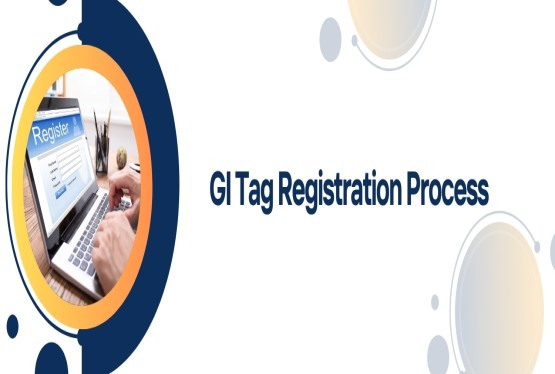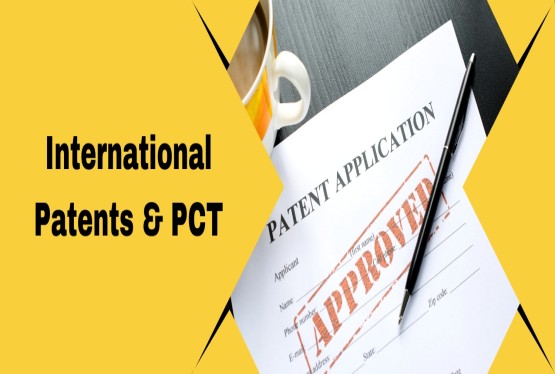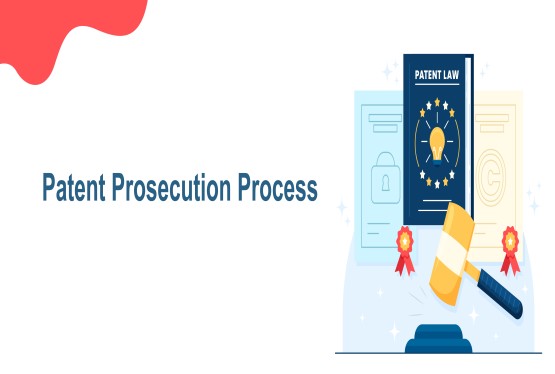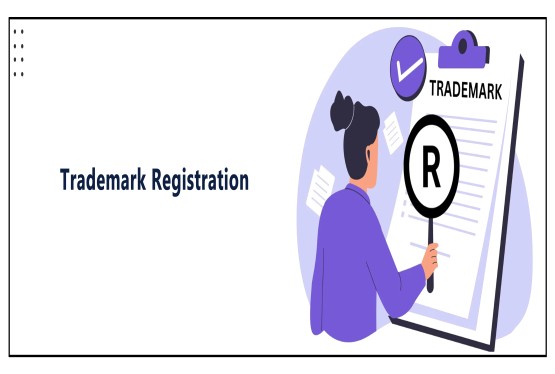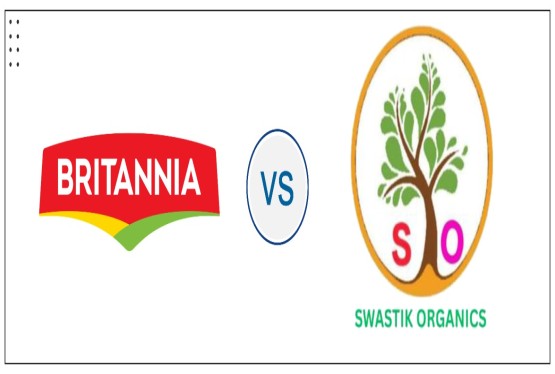The TRIPS Agreement provides a skeleton to the international regime governing the intellectual property of today. Though administered by the WTO formally, it happens to be one of the most comprehensive international agreements when talking about the rights relating to IPs and hence squarely brought within the umbrella of international law related to trade.
It started operating on 1st January 1995 by the Agreement Establishing the World Trade Organization, as a complete package which aims towards the harmonization of protection for its members and thus develops an easy-going nature in all hurdles for international trade and with utmost emphasis on economic development. Standards achieved are minimum which permits different forms and rights of the product of intellectual property which include patents, copyrights, trademarks, industrial designs, geographical indications, and secrets.
Specific Provisions
Patents
TRIPS provides that any term of Patent protection of at least 20 years from the date of filing. Article 27 further provides that patents shall be available for any inventions without regard to the field of activity of its nature, if it is new, involves an inventive step, and is capable of industrial application. But such inventions that are against the principles of public morality or morality and also the diagnostic, therapeutic and surgical methods are exempted.
Copyright and Related Rights
In terms of TRIPS, it required that the member countries must provide protection for the rights of the authors, performers, and producers of phonograms. Such rights include reproduction rights, distribution rights, rental rights, and public performance rights. Article 12 noted that Copyright protection should subsist at least 50 years after the lifetime of the author.
Trademark
Article 15 TRIPS: Any sign or any combination of signs capable of distinguishing the goods or services of one undertaking from those of other undertakings shall be eligible for or registrable as a Trademark. The treaty further goes to state that the first term of registration of any trademark and any renewal thereafter shall not be less than seven years, but such renewals may be done for any period in existence.
Geographical Indications
TRIPS binds member states to provide the means of preventing consumers from being misled by geographical indications that amount to unfair competition. Article 22 focuses on protection of geographical indications, which would identify goods as originating in the territory of a member, where a given quality, reputation, or other characteristic of the goods is essentially attributable to their place of origin.
Industrial Designs
Article 25. Members shall also protect industrially created designs which are new or original. The term of protection shall not be less than 10 years.
Trade Secrets
Article 39 shall protect business or commercial secrets and make a provision that natural and legal persons shall have the right to object to information lawfully within their control being passed to or obtained by others without their prior consent in a manner inconsistent with the protection of business or commercial interests.
Settlement of Litigation
The TRIPS Agreement also has a settlement mechanism in disputes litigations among WTO member states relating to its application and implementation. These are procedures done through the Dispute Settlement Body of WTO which end up in giving a binding decision which might even mean trade sanctions, in case there is a default.
Impact and Challenges
Economic Impact
It brought important economic consequences in the implementation of TRIPS. TRIPS has fostered innovation and investment through strong IP protection. This is particularly more in pharmaceutical and biotechnology industries. However, it brought controversy about access to medicines and put the balance between IP protection and public health under question.
Public Health
The most contentious issue under the TRIPS Agreement is its impact on the availability of cheap medicines. The patent section in the agreement limits the scope and access of cheap, generic medicines, especially in the developing world. Thus, the Doha Declaration of 2001 on TRIPS Agreement and Public Health made such declarations that TRIPS should not obstruct members' "ability to grant voluntary licenses or impose compulsory licensing and other subjections on production and supply.".
Enforcement Problems
The most significant challenge has been to implement intellectual property rights under TRIPS, particularly for weaker countries in terms of their administrative and judicial capacities. The accord made substantial legislative and institutional overhauls in most of the countries, which is an exercise very resource intensive and quite complex.
Case Laws and Decisions
Some landmark judgments have interpreted and provided shape to the application of provisions under TRIPS. The European Communities vs the United States protection of geographical indications case filed at the WTO (WT/DS174) is just one case that raised issues of striking a balance of IP rights, avoiding trade discrimination, etc. Another significant case is India's products patent protection controversy: pharmaceutical and agricultural chemicals for India versus the United States, WT/DS50, raising issues related to the interpretation of provisions about patents in the TRIPs Agreement.
Conclusion
TRIPs Agreement marks an important advancement in the management of international intellectual property. On the one hand, it creates the need for IP protection to spur innovation but, on the other hand, it must create an imperative that such protection does not create trade barriers or impediments to general welfare. It has achieved big things but is still grappling with several challenges in the realms of public health, enforcement, and economic equity. It is this dynamic play of law, economics, and societal needs that forms the basis of international IP law as underpinned by TRIPS.
FAQs
Q1. What are TRIPS? What are its basic aims?
Ans. The TRIPS Agreement is the international agreement established in the framework of the WTO; it lays down minimum standards to afford protection to IPRs. Its prime objectives lie in harmonizing IPR protection across national borders to support international trade with fair rules and a level-playing ground for intellectual property rights as well.
Q2. What are the main categories of intellectual property rights covered by TRIPS?
Ans. TRIPS encompasses a very wide range of IPRs, including:
-
Patents
-
Copyrights and related rights
-
Trademarks
-
Geographical indications
-
Industrial Designs
-
Trade Secrets
Q3. How would the TRIPS Agreement balance intellectual property rights with public health concerns?
Ans. TRIPS has been seen to limit access to cheaper medicine, primarily in developing countries. However, the Doha Declaration on TRIPS and Public Health provides flexibilities for the member countries on the measures to achieve access to such essential medicines.
Q4. What are some of the challenges in implementing TRIPS?
Ans. For most countries, especially developing ones, implementing TRIPS can be a rather tough issue. Some of the challenges will include:
-
The considerable demand for legislative and administrative reforms.
-
Cost of implementing and enforcing IPR regimes.
-
Balancing the interest of owner of IPR with public health concerns.
Q5. To what extent do international cases and judgments help in interpreting TRIPS?
Ans. International cases and disputes have heavily affected the interpretation and application of TRIPS. Other cases include European Communities vs. the United States, and product patent protection in India. Some of the cases mentioned also cleared up and clarified the scope of TRIPS provisions, and also the implication for a member country.






























_(b)_of_the_Trademark_Act,_1999_(1)_crop10_thumb.jpg)



_crop10_thumb.jpg)




























_crop10_thumb.jpg)
_crop10_thumb.jpg)






_crop10_thumb.jpg)








_crop10_thumb.jpg)



_crop10_thumb.jpg)





























_crop10_thumb.jpg)

















_crop10_thumb.jpg)






_crop10_thumb.jpg)











































































































































_crop10_thumb.jpg)




































_crop10_thumb.jpg)












_crop10_thumb.jpg)













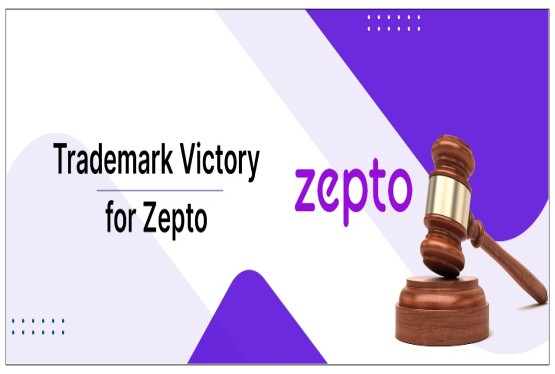

































_crop10_thumb.jpg)

















